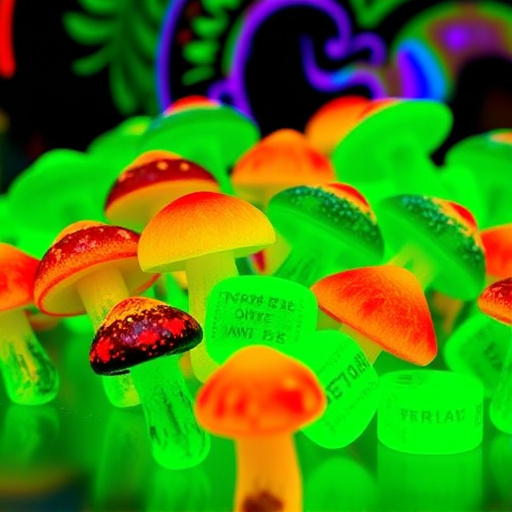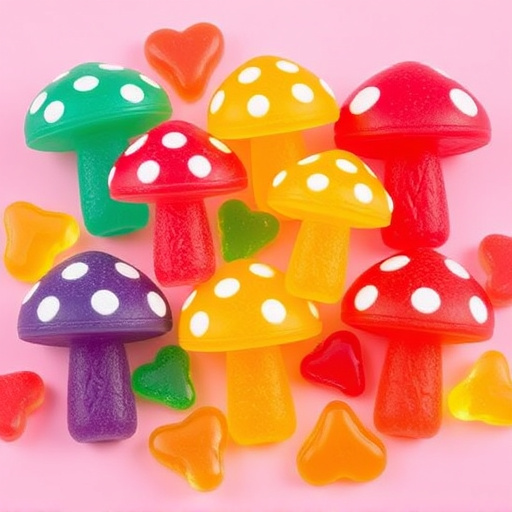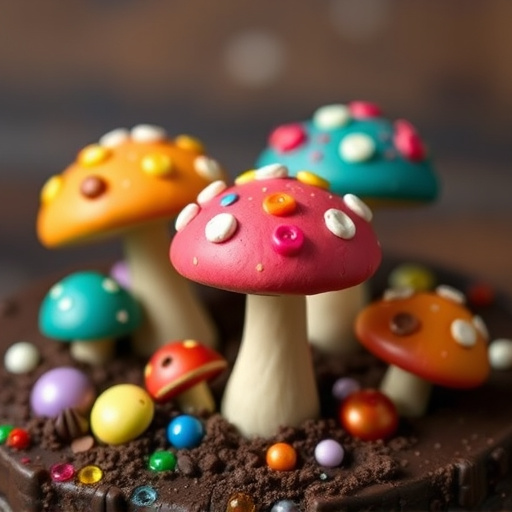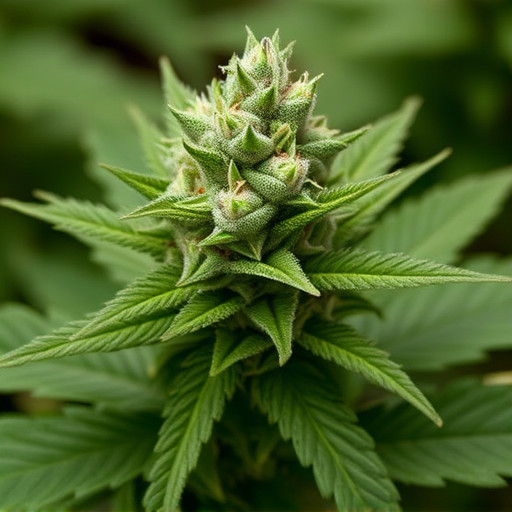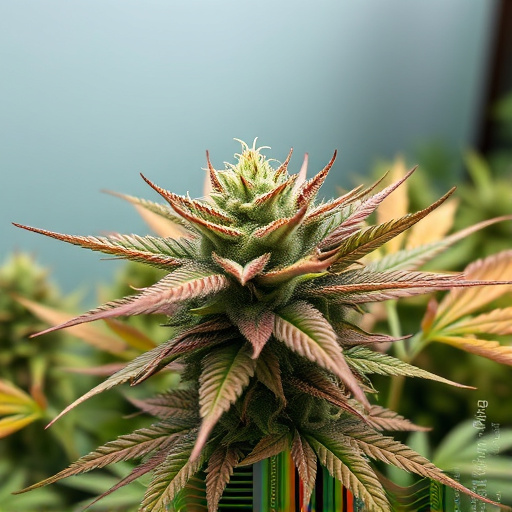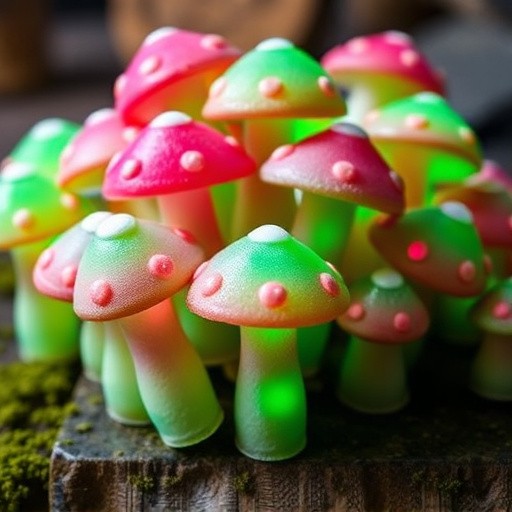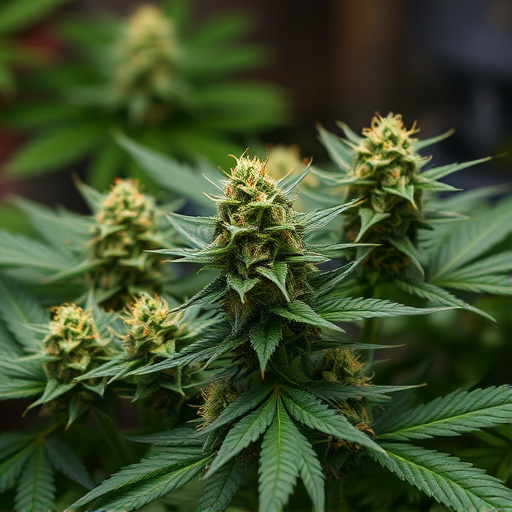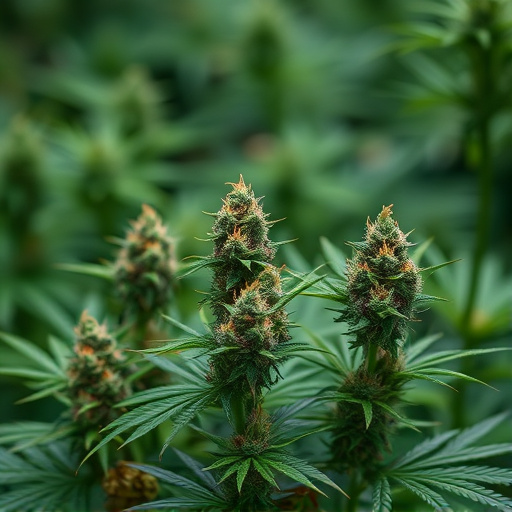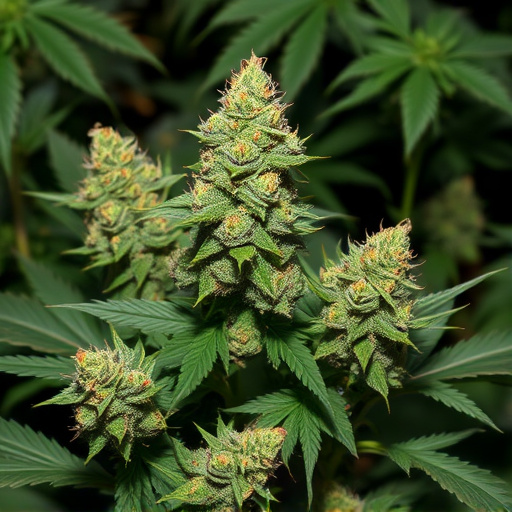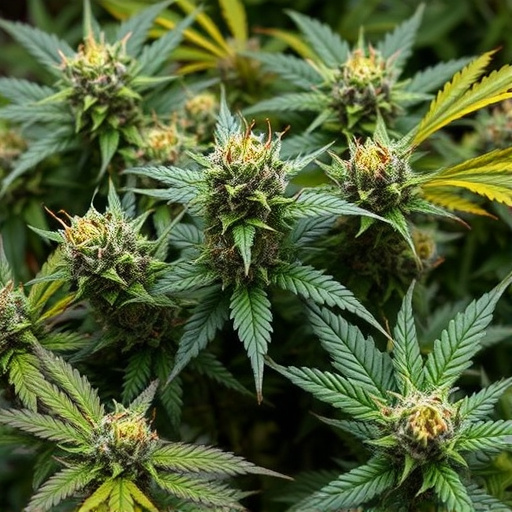TL;DR:
Curing cannabis, an ancient process involving drying and aging flowers, is crucial for developing potent anxiety weed strains. This method enhances flavor, aroma, and therapeutic benefits by reducing moisture and allowing essential compounds to intermix. Proper curing improves terpene profiles, preserves cannabinoids like THC and CBD, and delivers consistent, intense effects sought by users for stress and anxiety relief. Avoiding overcuring or improper drying is vital to maintain these strains' medicinal qualities.
“Unraveling the mystery of cannabis curing and its potential impact on potency is a topic that piques the interest of both cultivators and consumers. This article delves into the science behind cannabis curing, specifically examining how this process might influence the power of ‘anxiety weed’ strains, a popular choice among users. By exploring recent research and user experiences, we aim to provide insights into whether curing enhances or alters the effects, offering a comprehensive guide for those seeking optimal cannabis experiences.”
- Understanding Cannabis Curing and Its Effects on Potency
- The Role of Anxiety Weed Strains in the Discussion
- Exploring Research and User Insights on Curing's Impact on Potency
Understanding Cannabis Curing and Its Effects on Potency
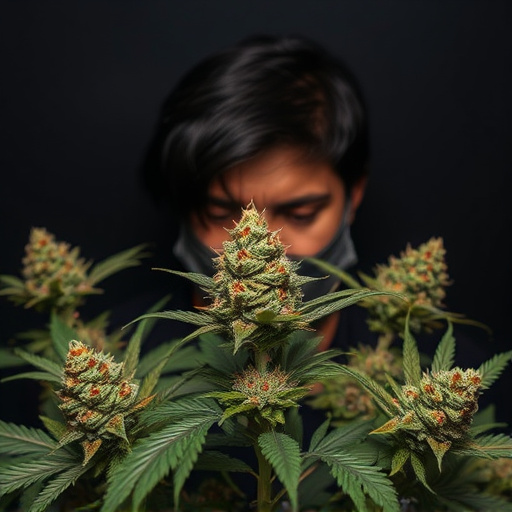
Cannabis curing is a process that involves slowly drying and aging harvested cannabis flowers to optimize their flavor, aroma, and potency. This method has been practiced for centuries by cultivators seeking to create high-quality strains. During curing, the plant’s natural chemicals interact, leading to complex changes in the cannabis’ composition. The process reduces moisture content, allowing essential compounds to concentrate and intermix, which can result in a more potent final product.
For anxiety weed strains, curing plays a significant role in mitigating potential harshness while enhancing therapeutic effects. The gradual drying period allows for the volatile chemicals responsible for anxiety-inducing sensations to evaporate, making the cannabis more suitable for medical users looking to alleviate stress and anxiety without an overwhelming high. Understanding this process is essential for cultivators aiming to craft cannabis with specific medicinal properties.
The Role of Anxiety Weed Strains in the Discussion
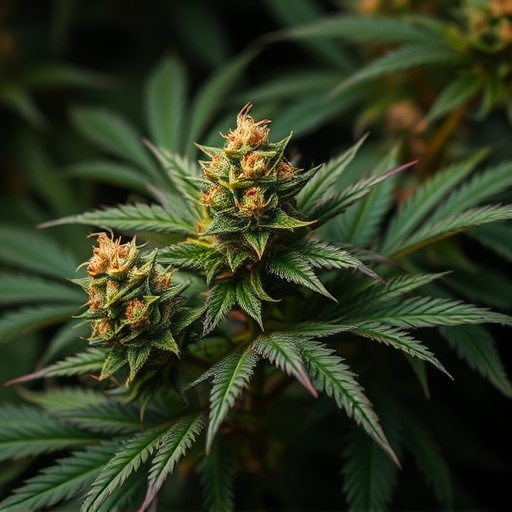
In the discussion around cannabis flower potency, the role of anxiety weed strains is a fascinating and often overlooked aspect. These strains, known for their potent effects on mental health and well-being, are a significant part of the conversation because they highlight the complex interplay between strain genetics, curing processes, and perceived potency. Anxiety weed strains typically contain higher levels of THC, which can indeed enhance the plant’s psychoactive properties, making it more potent in that regard. However, the curing process—a critical step in cannabis cultivation where the plant is slowly dried and cured to optimize flavor, aroma, and effects—can significantly alter these effects.
Curing methods can either enhance or diminish the therapeutic benefits of anxiety weed strains. Proper curing ensures the cannabinoids, including THC and CBD, become more bioavailable, potentially increasing their impact on the user’s nervous system. Yet, overcuring or improper drying can lead to a degradation in quality, affecting both potency and flavor. This balance is crucial because anxiety strains are often sought after for their ability to induce relaxation and alleviate stress, making curing techniques that preserve these attributes essential in maintaining and enhancing their overall effectiveness.
Exploring Research and User Insights on Curing's Impact on Potency
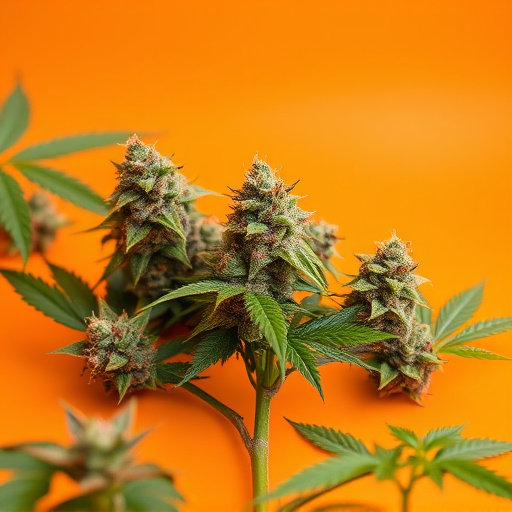
When it comes to cannabis, curing is a process that involves drying and storing the harvested flowers under specific conditions. While many growers believe that this step enhances potency, scientific research on the topic remains limited. However, existing studies and user insights offer valuable perspectives on how curing might impact cannabis potency.
Research suggests that proper curing can lead to improved terpene profiles in anxiety weed strains, which are known for their potential therapeutic benefits. Terpenes, aromatic compounds that give cannabis its distinct flavors and aromas, play a crucial role in the plant’s overall effect. Curing allows these compounds to mature and intensify, potentially increasing the potency of the flower. User experiences also indicate that correctly cured cannabis may deliver more consistent and intense effects, especially when it comes to relieving anxiety symptoms. This is attributed to the careful control of temperature and humidity during the curing process, which can preserve and enhance the plant’s active cannabinoids like THC and CBD.
In conclusion, while curing cannabis flowers can lead to enhanced potency, particularly for anxiety weed strains, it’s not a guaranteed process. The impact of curing varies based on strain characteristics and individual preferences. Understanding the science behind curing and its effects on different cannabis varieties is essential for cultivators and consumers alike, especially when seeking optimal experiences and therapeutic benefits from anxiety-relieving strains.

